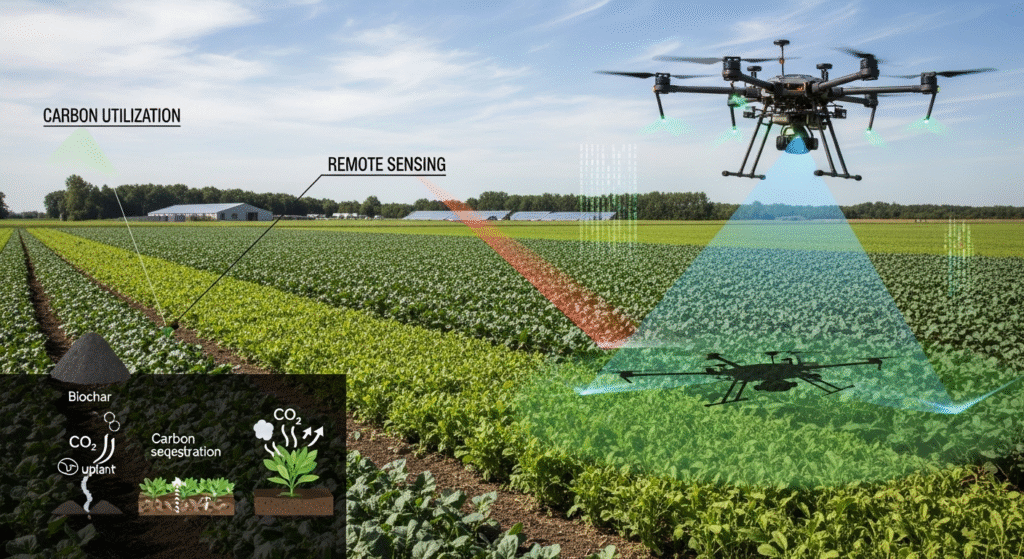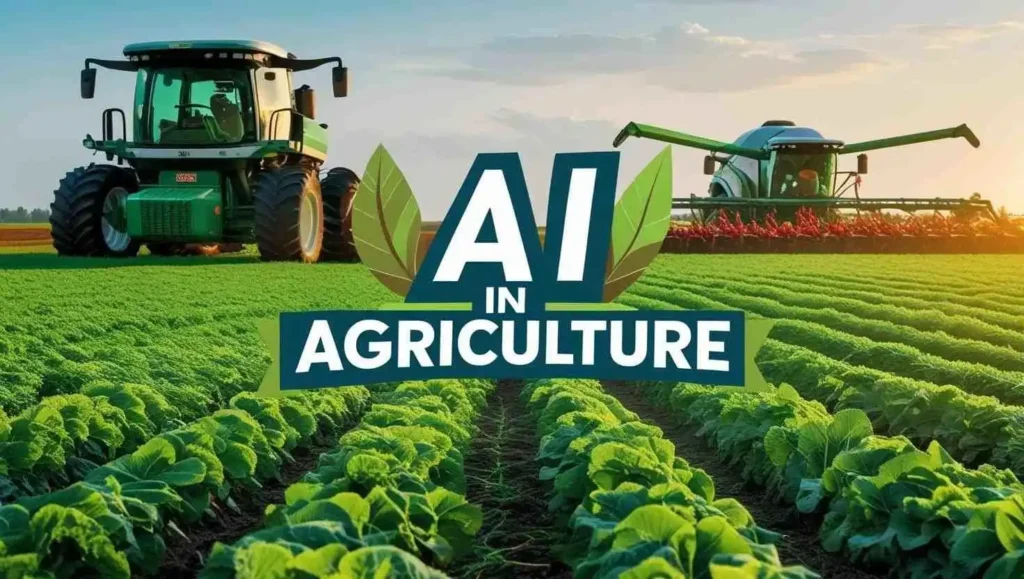INTRODUCING
Agricultural drones are mechanical aerial vehicles used for agricultural practices in the field of monitoring crop growth and supervising agricultural practices while protecting the crops. Agricultural drones are small robotic devices predominantly used for aerial view of the crop land to channel the crop growth stages, and asses the crop health and various field practices.
The multi-spectrum sensor is being used on agricultural drones to study electromagnetic radiation and read images.
Some of the best drones for agriculture include DJI Manic 3 multispectrum and DJI Phantom 4 multispectrum.
HOW ARE DRONES USED IN AGRICULTURE?
Drones are mainly utilized in precision farming, which aims at optimizing the resources while enhancing the agricultural practices. The agricultural drones help in capturing and visualizing the real images from the sky, and help the farmers in keeping accurate crop development record.
1) Digital crop monitoring
It helps in managing the vast field with accuracy and time precision, Agricultural drones have extraordinary capability to gather optimum information about crop, the quality of soil, which effects the operational level from farmers’ side in a more efficient manner reducing the extra wastage maximizes the output.
Here, the concept of sustainability is seen as a holistic approach, it’s not just a reality but a vital necessity, agricultural drones help in detecting high productivity and stabalises agro-economic condition. Farmers utilizing agricultural drones are techno-modernized farmers, which is a dire need for an ever-enduring industry.
They are much more effective than manual work and human perspective as the drones are having wide range of spectrum to record the crop vitality and its growth, all equipped with advanced sensor and imaging power drones are utilized to measure the changing variations in crops. Agricultural drones crop supervision yields upto 15% enhancement and reducing pesticides by 20% by assessing the problem areas or infected parts of the crop.
Drone-irrigated areas also contribute to a 20% reduction in water usage.
2) Optimum utilization of Resources
Resource optimization is a basis of precise agriculture, and drones are playing a significant role. Agricultural drones are equipped with sensors and GPS technology, they provide with detailed maps and datas about soil formation, adequate water availability and crop health field situation detection of crop attack, asses climatic conditions.
Identifying the specific areas that requires more fertilizers allowing for scrutinizing fertilizing precise manner, individually rather than blanket fertilizing.
3) Improving the field of view and accuracy
Drones are utilized in farming assessment to provide accuracy in the field, which is of pivotal importance in farming practices. Drones help in creating 3D maps of the fields. The precise assessment and information lead to better farming practices, they help in accurate planning before sowing and preparing harvesting schedules.
4) precision in planting and sowing
By the application of drones, farmers get assitance in improving planting techniques with utilizing the drone techniques, and there will be seed distribution at larger scale which optimizes and signifies the growth in crop cultivation.
CROP DUSTING DRONES
Agricultural drones act as a small spraying mechanics, the crop dusting drones is used to spray upon the field crops on large firms. They are often connected with water tanks which are loaded and filled with dry chemicals.
It is also known by the name of aerial application, which plays a predominant role in agriculture practices, which efficiently distributing fertilizers, pesticides and insecticides and other crop improvising technique. The traditional farming system has been revamped by utilizing the drone technique to increase crop health.
FIXED WING DRONE: They are utilized for large firms, and they are having ability to cover large areas. They are an effective option and can automatically carry out their work over programmed in advance.
ROTOR DRONES: these provide greater accessibility in reaching the confined areas, they are appropriate for precise spraying and treating crops in regions in different climatic conditions.
CROP SPRAYING DRONE :
The crop spraying drone are specialised drone to spray with pesticides and fertilizers. They are particularly practiced for corn, soyabean. Crop spraying is an effective mechanism to look after the crops and vegetation more accurately and in an efficient manner with the ability to nurture the crops with chemical free fertilizers and pesticides.
The crop spraying drones are more accurate, faster, and more precise than the traditional method of application, they can adequately and qualitatively minimize the amount of chemicals and pay intensive care of the unexposed targeted areas.
CONCLUSION
Our Indian agriculture is in a reformative state as compared with the traditional form of agriculture (which was particularly labor-intensive work) self practicing and fertilizing with overall overloaded with manual work but, with the introduction of modern technology of farming, many technologically- inventive initiatives have been taken up by the farmers with the multifaceted motive of increasing the yield, of the field from the outer agents, enhancing accuracy in timing of production.
Drones and agriculture share an intertwining relationship as most of the agricultural practices are estimated, and kept in the record through the accuracy and images of the drone being produced by it.
We are here witnessing a unique bond between agriculture and drone. The UAVs (unmanned aerial vehicles) are becoming prominent in the agricultural sector in India.
Agricultural Drones help improve farming practices, by emphasizing rising efficacy, reduced cost it has come out with few hindrances in its adoption, as lack of technological know- how, costs and various regulatory barriers.
There is a need for more awareness among the farmer related to drone and farming techniques, they are acting as a powerful tool in forming an innovative farming method and ensuring food stability and equitable distribution.



